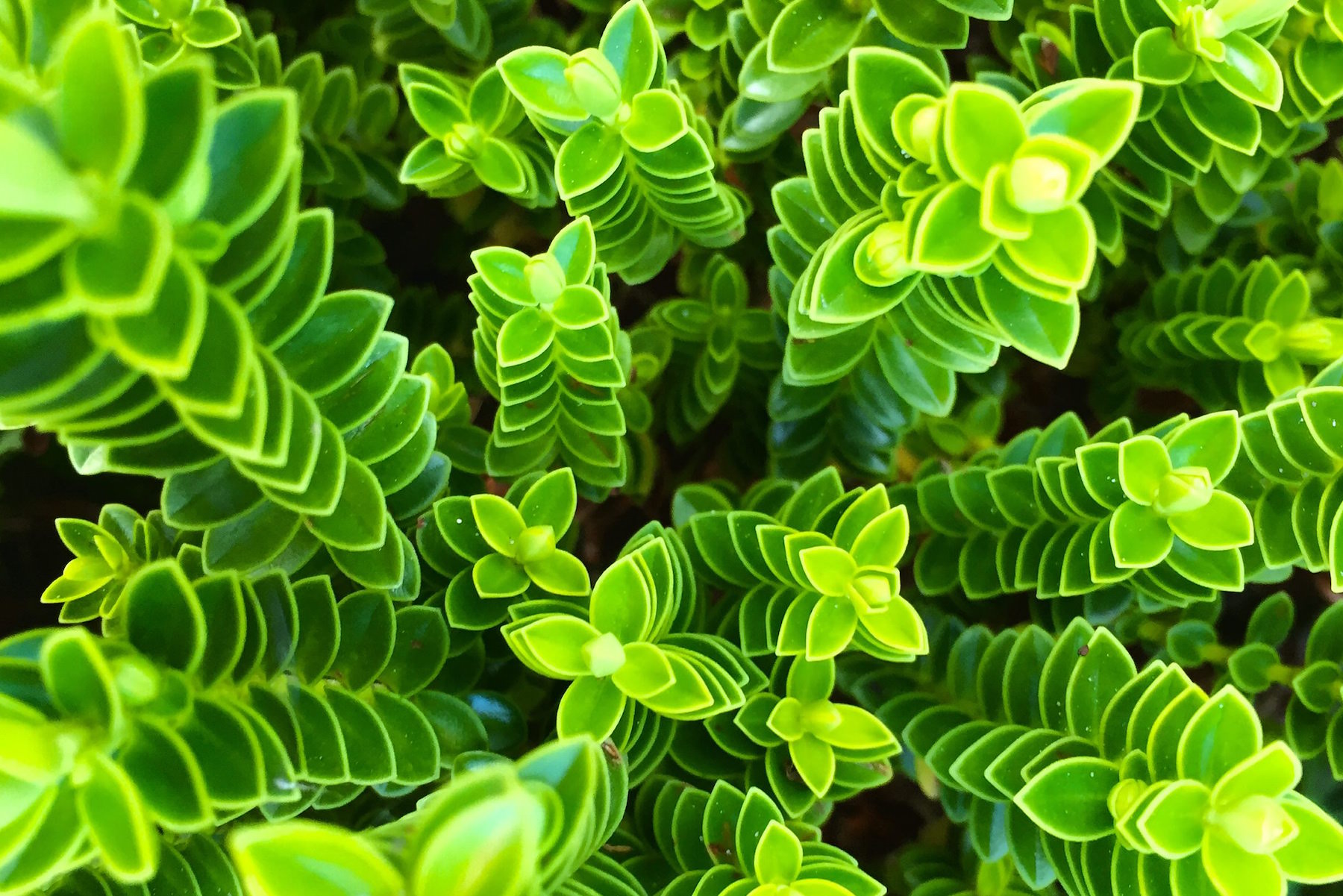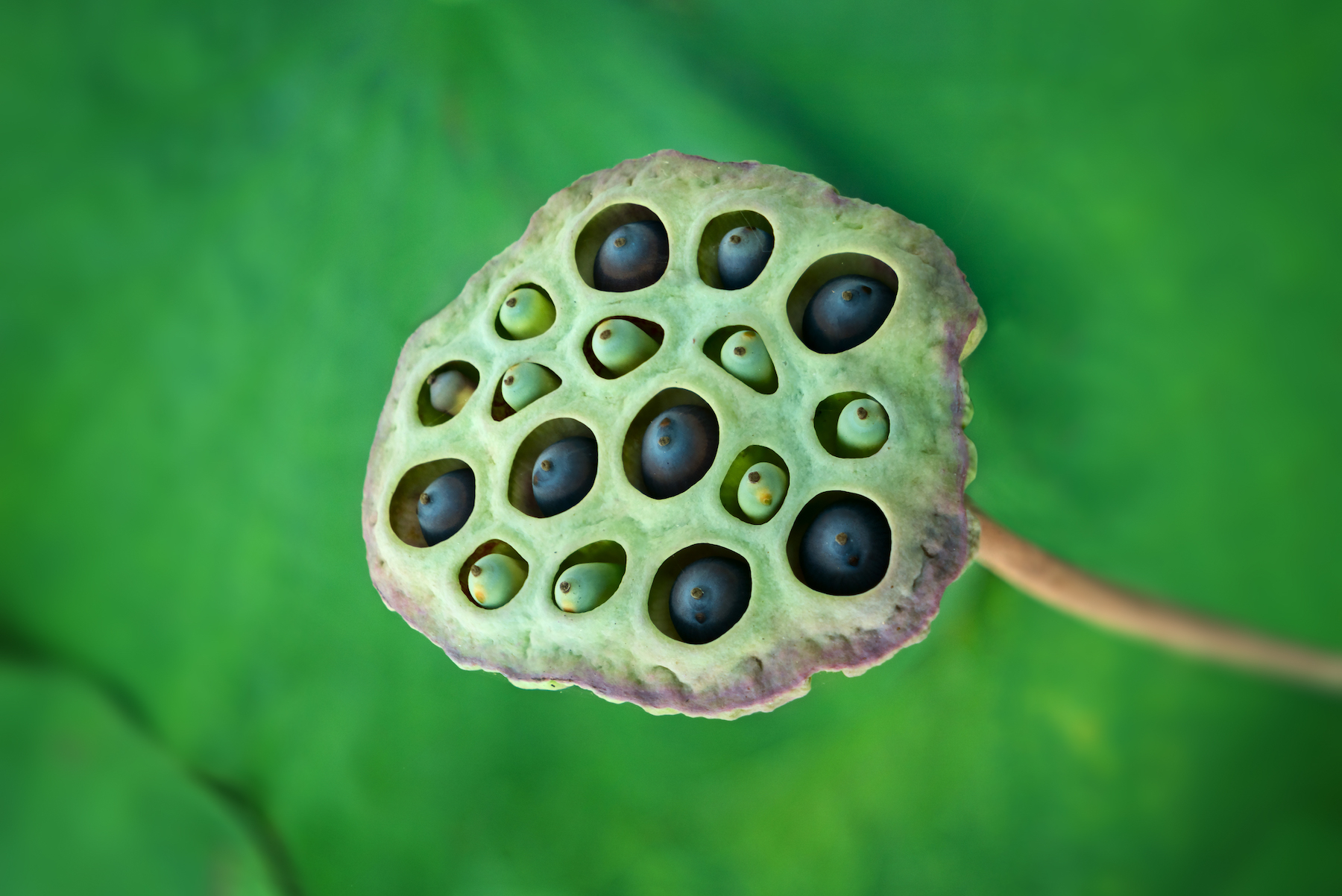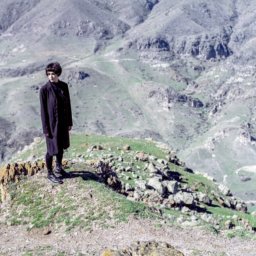Walk down the aisle of a grocery store and you find a plethora of cleaning products. For the floors, kitchen counter, pots and pans … Sounds good? If you then read the labels, you find all these long chemical words. Have you wondered what they are and what they do? Sabina M DeVita has, along with countless people. What if there is a cleaning simpler way to clean? Would you want to know how? What if just using essential oils to clean along with various simple ingredients is all you need?
Sabina M DeVita became interested in environmental issues in the 1980s because of her own environmental sensitivities or Multiple Chemical Sensitivities (MCS), from which she suffered fatigue, brain fog, and depression.
In recovering her health, Sabina M DeVita looked to natural methods, becoming aware of the toxins and pollutants that exist in our world. She wrote the book Vibrational Cleaning to help readers learn how to clean their spaces with plant-based toxin-free products, raise the frequencies of these spaces for “well-being, happiness and peace – stimulating longevity, harmony, and calmness,” and to “increase their intuitive abilities and more by stimulating your third eye – pineal gland all while cleaning.”
Sabina M DeVita begins the book talking about the toxic load that exists today and its impact on our health and well-being. She includes information about the most common chemicals, such as dioxin, triclosan, and propylene glycol. The key is not to be bogged down by fear and resignation. This information, with all the hard-to-pronounce names and the plethora of effects, can be overwhelming, especially anyone seeing it for the first time. Having this knowledge is to empower us to make better choices.
Some easy takeaways –
- read labels. Know what you are using. If in doubt, research or pass it over.
- avoid plastics even those with BPA replacements.
- skip products labeled “antibacterial” or “antimicrobial”.
- not use products with an ingredient list with known endocrine disrupting chemicals. Check Environmental Working Group database for their ingredients and green ratings
- use essential oils (Sabina M DeVita’s whole driving point.)
Unless you live completely off-grid, avoidance of chemicals is challenging and probably unlikely in the immediate present. All the time our level of consciousness, however, is rising around this and other aspect of right living. What we can do now is to shrink the chemical load and lower our exposure by eliminating where we can. This book focuses on household cleaning products, personal care products, and cosmetics.
Sabina M DeVita advocates using essential oils to clean and energize working and living spaces. Her preferred brand is Young Living and she speaks specifically about the proprietary essential oils blends, such as Thieves, which contains Clove, Lemon, Cinnamon, Eucalyptus, and Rosemary. Even if you prefer not to use Young Living products, this book is still very informative and helpful to start using essential oils to clean.
People new to essential oils can read up on the history of essential oils, how they work, how to use them, and why they are preferable to conventional store-bought products, including those marketed and labeled as green and eco-friendly. Government regulations vary worldwide and too often the full ingredient list is not legally required to be disclosed, which allows chemicals to stay hidden from the public.
Essential Oils in the Ancient World + Today
The use of essential oils is by no means a modern invention. Dating back to 4500 BC, they may be our first medicine, with references in ancient Chinese manuscripts and Egyptian hieroglyphics. According to Vibrational Cleaning, 350 litres of still-bio-active essential oils were found in King Tutankhamen’s tomb.
Frankincense, Myrrh, and Spikenard are among the oils that are named in the Bible. What many people may not be aware of is that essential oils are being used nowadays in major hospitals and healthcare centres in the United States (p86-88).
Essential Oil on Mold + Electromagnetic pollution
Sabina M DeVita also talks about mold and electromagnetic pollution. Mold is now believed to be linked to a host of health challenges, including depression, asthma, vision problems, and even cancer. The problem with mold is that it is often unseen and hidden.
Many people believe bleach is a sufficient remover. Sabina M DeVita, however, has included the findings by environmental engineer Dr Edward Close. He has said that not only does bleach not eliminate airborne spores. Cleaning the conventional way creates additional health issues by stirring up the spores, which then become airborne.
Another unseen challenge is electromagnetic pollution. Manmade electromagnetic fields are created by technology – mobile phones, cell towers, etc. Perhaps because technology gives us such convenience and EMF is invisible, many people are not taking this into consideration, despite the studies and people’s felt experiences. So for many, the jury is still out but perhaps it is a good idea for children not to be using mobile devices. Some schools in many countries, including Canada, are disallowing the use of wifi as they believe it impedes learning.
Pineal Gland, Fluoride + Essential Oils
In the book, Sabina M DeVita also writes about the “third eye” or the pineal gland. Located in the centre of the brain, this organ is either little understood or misunderstood. The pineal gland is however focused on extensively in esoteric, yogic, and other ancient works.
She includes some very interesting information from Greek physician Herophilus, French philosopher-mathematician René Descartes, Paramahansa Yogananda, Dr Rick Strassman (author of DMT, The Spirit Molecule), and Taoist master Mantak Chia.
Called the “principal seat of the soul”, “gateway to our real self” and the “Oracle of Light”, the pineal gland, our magnetic organ, produces the super-important melatonin. It also connects us to the unknown. Many believe the pineal gland is where the spirit comes into and leaves the physical body.
The pineal gland commonly calcifies as we age. Chemicals such as fluoride in our drinking water, electromagnetic pollution, GMO foods, pesticides, stress, and drugs are some of the toxins clouding our pineal and pituitary glands. This impacts our learning abilities, memory, creativity, intuition, and ageing. Some essential oils for the pineal gland include Cedarwood, Lemon, Orange, Sandalwood, and Sacred Frankincense.
“Our sense of smell is our direct route to the pineal and to the other glands in the brain. Through aroma, essential oils have a direct pathway to the pineal gland – which can assist in decalcification and activation.” (p145). Boosting the diet with antioxidant-rich foods and herbs (e.g. wolf berries, parsley, bananas, coconut oil, and hemp seeds), meditation, and calming your mind with relaxing music are some other suggestions.
Vibrational Cleaning by Sabina M DeVita is full of information that is easy to use and very accessible. This book is for anyone wanting to use more natural and toxin-free products to keep their spaces clean and vibrationally high. It is also for people wanting to reach a new level of well-being, to activate their pineal glands, and to integrate the spiritual dimension into their daily life.
Her index includes suggested uses of various Young Living essential oils. You can also find “recipes” for household cleaning products such as scouring powder made from baking soda and essential oils. Essential oils such as Peppermint, Oregano, and Cinnamon can also purify water. Add 25 drops of Eucalyptus oil to washings to kill off dust mites.
Even if you are not using Young Living, these recipes are useful and effective. There are many brands commercially available that are also suitable. This book is a great reference for every family.
The marketplace is full of cleaning products. Some are more non-toxic and even plant-based. Even then we cannot be quite sure how clean the ingredient list is. The best cleaning products to use are the ones we know exactly what have gone into them. As Sabina M DeVita shows in her book Vibrational Cleaning, using essential oils to clean is both effective and easy. It is also fun to experiment with the different recipes. Essential oil based products are non-toxic and that’s good for our health and for the environment. Being so vibrationally high, essential oils also raise the energy of a space, at home or at home.
















